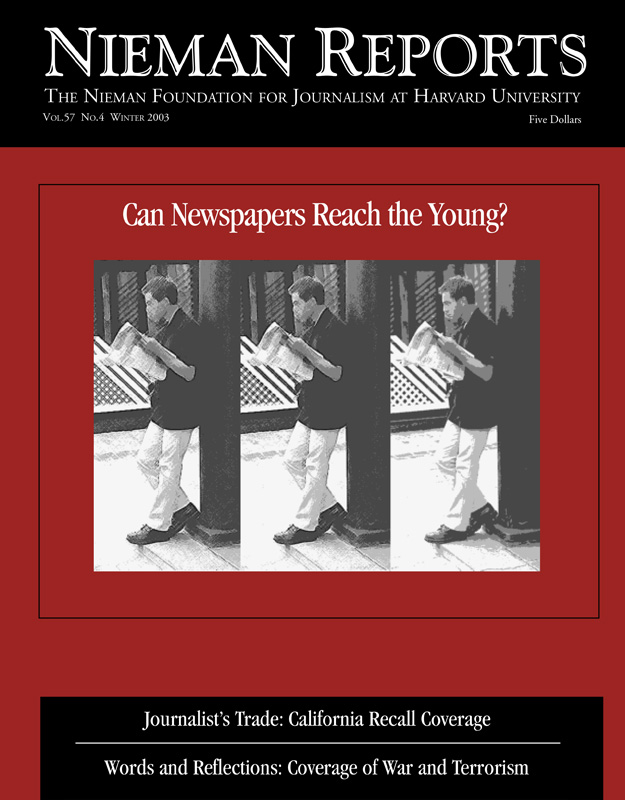- Good journalists don’t put their opinions in their writing. Instead of teaching teens to keep themselves out of articles, editors need to teach them when and how they should write first-person pieces. We should encourage them how to augment their opinions with reporting. Start with the assumption that teens can be experts in many things, especially with their peers, and that the teenage years are ones marked by many epiphanies and lessons, all of which is fodder for columns and first-person written and reported pieces.
- You will pay your teen writers with experience. They will respect their work with your teen section if they are paid, and it doesn’t have to be much. It shows respect for the time and effort they put into their journalism, and it puts less pressure on the editor to find other ways to compensate and motivate reporters. My experience is that teens appreciate the pay and stick around for the experience and through that they learn the important lesson that journalism is about more than a paycheck.
- Scylla and Charybdis and Kierkegaard have no place in your section. Don’t write down to teens— or make teens write down to themselves. The Scylla and Charybdis reference comes from something written by an advice column writer at Voices.
- Personal writing is a lower form of journalism. See Number One.
- Nostalgia is for old people. Faced with growing up and responsibility, teens can have great nostalgia for their childhood. Television shows, music or toys popular just a few years ago seem to teenagers as if they were ancient history.
- You need the best and brightest teens. GPA and excellent writing skills are no indication of passion for journalism. Some people don’t know they have the passion until they experience it.
- News happens, you can’t plan for it. You can plan a section a month in advance and still be flexible and timely.
- You have nothing to learn from teens about writing. If you can’t handle the idea that a teenager could write better than you, consider that each question they pose, each critique you do, helps you hone your craft and makes you walk the walk because they are watching you.
- Metaphors are for poetry and novels. Good journalists use metaphors, but often adults don’t expect that teens are capable of producing them or understanding them.
- A diverse section has many teens of color. Look beyond color when thinking about diversity. Difference is found not just in skin color but in teens’ economic backgrounds, their seen and unseen abilities, disabilities and interests, religion, politics, the makeup of their family, and the kind of school they go to. Voices has broad appeal because we cast a wide net through the community and because the students write so personally. A Jewish girl wrote about converting to Catholicism and a homeschooled boy, who is liberal, broke through the stereotypic assumption of homeschooled kids being conservative Christians. We’ve had articles written by gay students, jocks and artists and by jocks who are artists, by kids who can’t afford to have e-mail and those who can afford to hire a personal college coach. To me, that’s diversity.
Conventional Views a Teen Section Editor Must Break
Can Newspapers Reach the Young?
Newspaper reading isn’t a daily habit for most young people. Instead they catch headlines on Web sites, share opinions on Weblogs, and see breaking news alerts along TV scroll bars. Nor do they think they should pay for news reporting. “Deliver the newspaper to me free, and I’ll take a look,” typical young readers tell focus groups as news organizations look for ways to unlock the mysteries of how to connect with these reluctant consumers. – Melissa Ludtke, Editor



